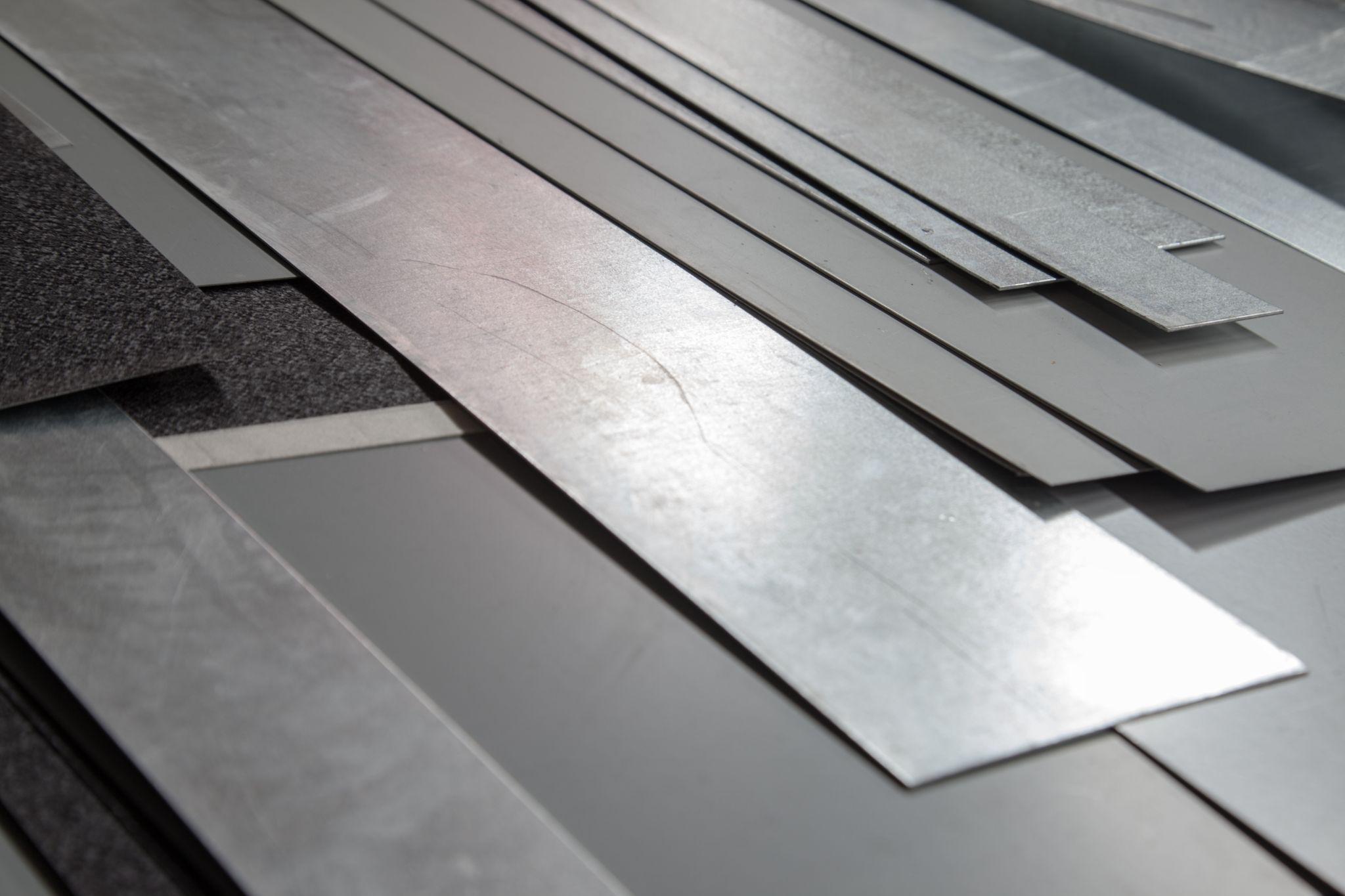Why Industries Prefer Photo Chemical Etching for Thin Metal Parts
December 2023
In industries where technological advancements are continually reshaping manufacturing methods, the importance of precision, efficiency, and versatility in the production of thin metal parts has never been greater. Across a broad spectrum of industries, from the precision-dependent world of aerospace to the fast-paced sphere of commercial electronics, there has been a significant shift towards a specific manufacturing technique: photo chemical etching.
Below, we aim to unravel the reasons behind this growing preference and illustrate how photo chemical etching has become such an innovative force in the fabrication of thin metal parts.
Traditional Challenges of Forming Thin Metal Parts
The journey of manufacturing thin metal parts has historically been marked by significant challenges, particularly relating to traditional fabrication methods. These conventional techniques, such as stamping, laser cutting, and mechanical machining, have been the standard for decades but often fall short in key areas when dealing with thin metal parts.
Firstly, material deformation was a common issue. Traditional methods tend to exert physical stress on the metal, leading to distortion, especially in thinner materials. This deformation not only compromised the structural integrity of the parts but also limited the possibility of producing complex or delicate designs.
Secondly, precision and detail limitations were major stumbling blocks. While these methods could produce basic shapes and structures, they lacked the finesse required for intricate designs or ultra-fine features. This was particularly problematic in industries like aerospace or electronics, where even minor imperfections could lead to significant performance issues or outright product failure.
High tooling costs and setup times posed additional hurdles. Creating custom tools for specific parts was often expensive and time-consuming, which made the process less viable for small runs or prototypes. This lack of flexibility hindered innovation and responsiveness to market changes.
Furthermore, material limitations were evident. Traditional methods were not universally compatible with all types of metals or alloys, especially those that are harder or more brittle. This restricted the range of materials that could be used.
Finally, the environmental impact and safety concerns associated with traditional methods were increasingly becoming areas of concern. Processes like stamping and machining often generated significant waste and could also pose hazards due to the high levels of noise and the physical dangers associated with operating heavy machinery.
These challenges underscored the need for a more reliable and efficient approach to manufacturing thin metal parts. This led to the development and eventual widespread adoption of photo chemical etching as a superior alternative.
Benefits of Photo Chemical Etching
From aerospace to electronics, the adoption of photo chemical etching is rapidly reshaping the landscape of precision manufacturing. Let’s delve into the distinct advantages of this process.
Precision and Accuracy
At the heart of photo chemical etching lies its unmatched precision and accuracy. This process, using controlled chemical reactions to remove metal, allows for the creation of complex geometries and intricate designs with extraordinary detail. The ability to achieve such high precision is critical in sectors where the slightest deviation can have significant consequences. This process ensures the production of parts that conform to the most stringent industry standards.
Versatility in Materials
The versatility of photo chemical etching is another cornerstone of its popularity. Capable of processing a variety of metals—stainless steel, copper, aluminum, nickel, titanium, silver, phosphor bronze, and more—this technique caters to a wide range of industry needs. In an era marked by rapid innovation, the adaptability of photo etching is a vital asset that enables manufacturers to keep pace with evolving manufacturing requirements.
Cost-Effectiveness
In terms of cost, photo chemical etching presents significant advantages over traditional manufacturing methods. By reducing material waste and eliminating the need for expensive tooling, it offers a more economical production route. Additionally, product prototypes can be created at a relatively low cost. This cost-effectiveness does not come at the expense of quality, making it an attractive option for industries operating within tight budgetary constraints.
Meeting Design Expectations
Photo etching excels in translating complex design ideas into reality. The use of an etching solution, rather than mechanical or thermal forces, enables the creation of intricate patterns and complex geometries that align precisely with customer specifications, without distortions introduced by the manufacturing process. This high degree of fidelity to original designs is important for industries that rely on customization and precision.
Suitability for Extremely Thin Materials
Photo chemical etching is a chemical process that doesn’t involve physical contact or force on the material. This means there’s no risk of bending, warping, or introducing other stress-induced deformations, which are critical concerns when working with thin or delicate metals. As manufacturing trends enable the creation of ever smaller and finer parts, this becomes an increasingly important consideration.
Taken together, these benefits not only enhance the quality and efficiency of the manufacturing process but also open up new possibilities in the creation of thin metal parts.
Types of Thin Metal Parts Formed with Photo Chemical Etching
Photo chemical etching is currently used to create a vast array of parts that are integral to various industries. Below is a list of fifty types of items commonly produced using this technique:
|
|
This is far from a complete list of products that can be manufactured with help from photo chemical etching. Feel free to contact UWE if you have an application that isn’t covered above.
Contact UWE Today
If you want to harness the benefits of photo chemical etching for your next project, United Western Enterprises stands ready to assist, with a track record of excellence that stretches back over half a century. We are an AS 9100D / ISO 9001:2015 Certified Company that is well equipped to handle your most challenging requirements. Our commitment to on-time delivery and continual process improvement makes our photo chemical etching services a reliable choice for meeting strict production timelines and maintaining quality consistency.
If you have questions about our services, call us at (800) 964-6461, and we’ll be happy to help.
